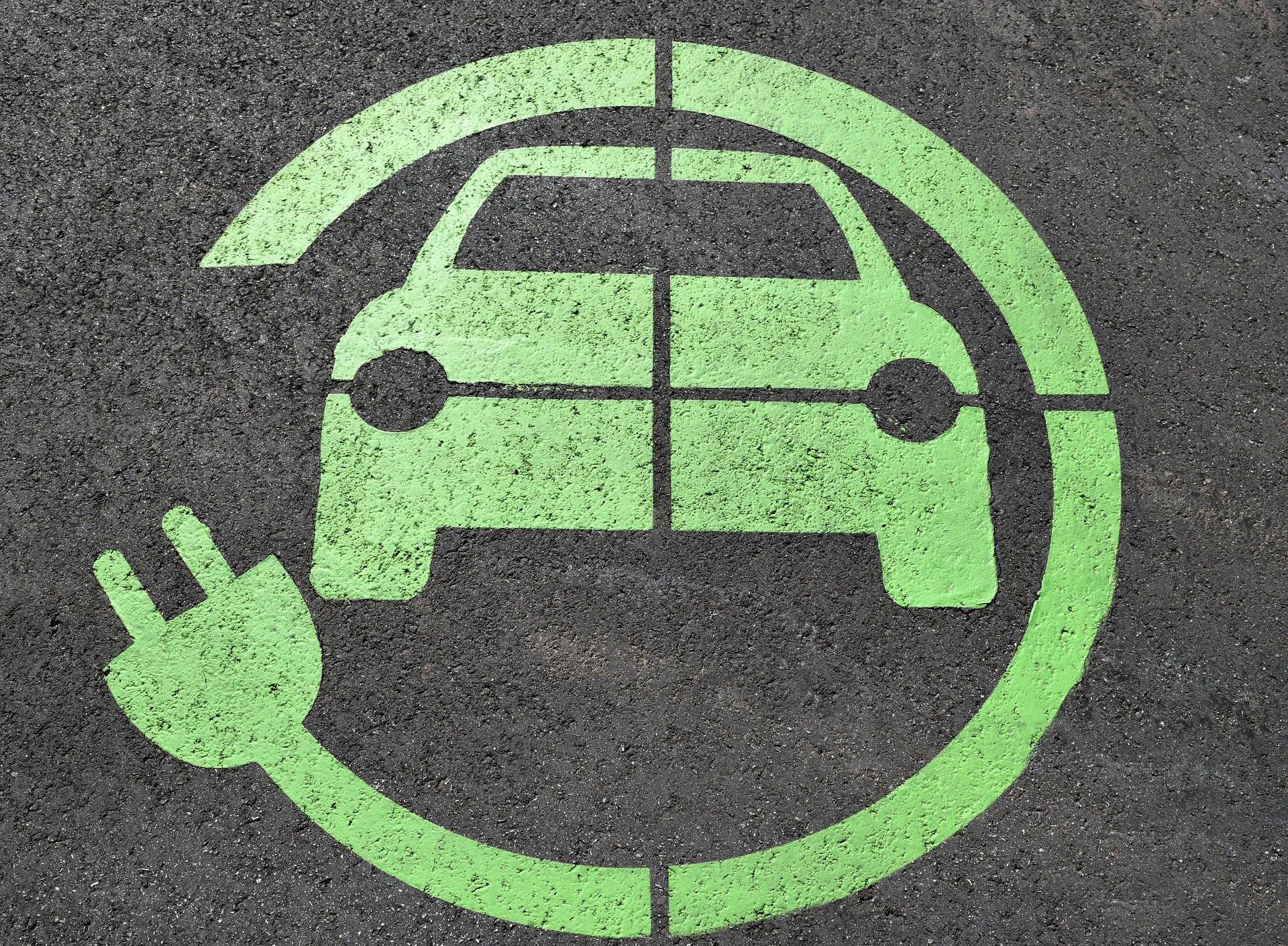Inside Supply Management Magazine
Electric Vehicle Fleets: The Need for Infrastructure

Interest in battery electric vehicles (BEVs) — including cars, trucks or vans — for delivery is gaining traction among fleet managers who are seeking the best cost alternative for last-mile delivery and other commercial uses.
But there are many considerations that add to the upfront cost. Infrastructure is an important part of the cost equation, says Susan Beardslee, a principal analyst at ABI Research. Besides the vehicle’s cost, other costs may include those for a transformer and the labor associated with installation.
Charging Stations
The type of fleet vehicle — whether van or delivery truck — as well as its hours of use can dictate the type of charger and other infrastructure needed. Among the choices and considerations:
Curbside Level-2 charger. It takes longer to charge than Level-3, higher-voltage charging stations, but fleets can optimize costs by charging overnight and at off-peak times, states Beardslee. Considerations include ensuring there are enough chargers to provide power to all BEVs, she says. There is also a hardware investment and labor cost to install the charging station, with total costs typically about US$5,000.
DC fast charger. This type of charger can provide up to an 80 percent charge in 30 minutes but does not work for all BEVs, Beardslee says: “It’s significantly faster, but the investment in a DC fast charger can be up to $100,000.” The upshot: You need a compelling reason as to why you need to charge a vehicle that quickly, she says.
Beardslee notes that governmental financial incentives like tax credits may be available to lower the upfront costs of purchasing a BEV, savings which could be used to offset infrastructure costs.
Long-Haul Driving
Infrastructure is a big consideration when it comes to future BEV trucks making interstate or cross-country trips. “There has been a lot of talk about heavy-duty EVs — including Class-8 tractor-trailers,” Beardslee says. After investigating and speaking with industry professionals, she doesn’t think the existing battery technology and infrastructure are mature enough, as evidenced by continued testing of these vehicles and use cases.
“If you think of the the battery range needed for interstate travel, charging infrastructure would have to be installed along the way,” she says. Considerations are:
Charging time. “The amount of time it would take to charge a vehicle of 33,000 or more pounds — not to mention to the size and weight of such a battery in the vehicle — would be a significant challenge,” Beardslee says. “There will also be additional, measurable pressure on the grid.”
Weather. Extreme heat and cold also impact range. Charging vehicles during the winter and summer could further impact the grid when there is greater overall demand, she says.
Infrastructure demands. “When the interstate highway system was built, beginning in the 1950s,” she notes, “the time to build the infrastructure took about 35 years.” Installing charging stations along highways — as well as the electrical infrastructure to support them — would be costly in time and money, she says: “It’s difficult to determine how and when this could be enabled, but to say that it’s expensive is an understatement.”
Whether choosing BEV’s for last-mile delivery or a variety of other usages, fleet managers must take into account both up-front purchase costs as well as charging and infrastructure needs which add to the overall costs, Beardslee says.

